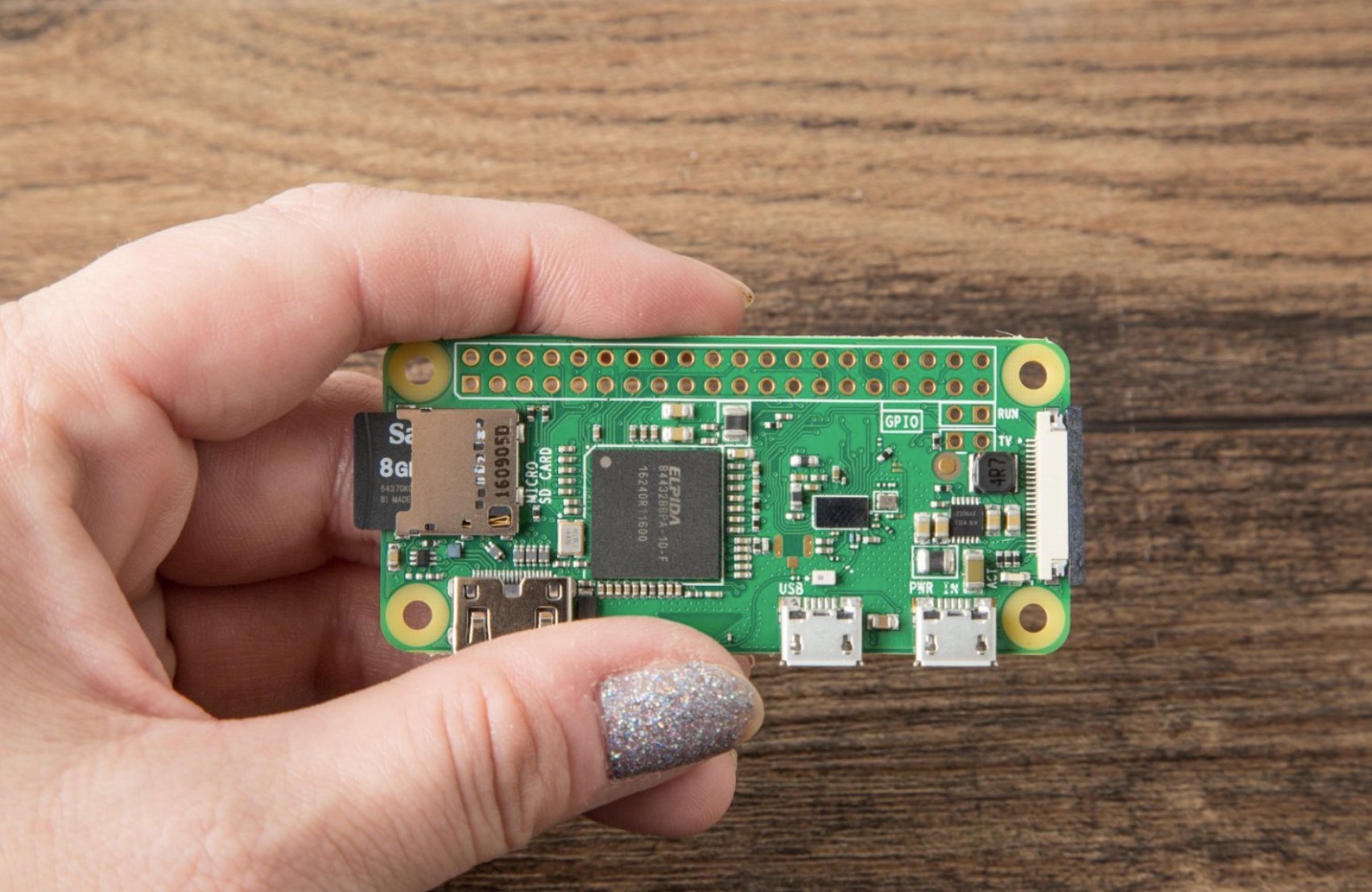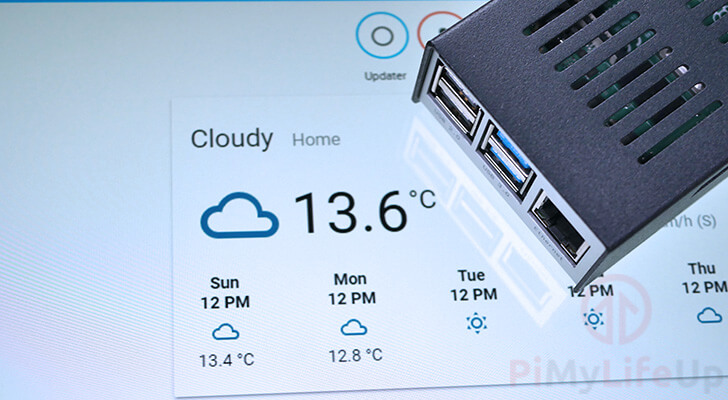
Open your file explorer and open the SD card, which should be called Hassio-boot This can be done either with a USB stick, or directly on the SD card if your computer can still read it. But if you are connecting it via WiFi you’ll have 1 additional step to take.

If you’re connecting your Raspberry Pi to your network via ethernet, you’re done. Then just hit Flash, it’ll take a minute or so, and then you’re done. Make sure you don’t have anything important on the microSD card because it will be erased. You will select the image you just downloaded, hit OK, and then select the drive you want to install it to (this is your microSD card). When both files are complete, go ahead and install / open up Etcher. Open a new tab and go to balena.io/etcher, and download it for whatever OS you’re using.

While that is downloading, we’re going to download a program called Etcher which we will use to flash to your microSD Card. It is recommended to use the 32bit version regardless of the fact that the Raspberry Pi CPU is 64bit. Select the Image of whichever Raspberry Pi you have. Gathering Necessary Files / Softwareįirst thing we need is the Home Assistant image, which you can get by clicking THIS LINK. You will of course need an internet connection, and be able to connect your Pi to your network. There will be subsequent articles and guides that will go more in depth with getting devices to work, automations, and that stuff, so if you’re interested in seeing that be sure to sign up for our mailing list, or follow me on Twitter will need a Raspberry Pi (3 or 4, older won’t work), a microSD card at least 32GB in size, probably a SD card adapter, a USB stick if you’re connecting via WiFi, and a computer that can read SD Cards.

In this guide we’re going to get Home Assistant up and running on a Raspberry Pi, and install a few key add-ons that will be very useful down the line. The first you need to do is to get it up and running, and thankfully that is actually really easy. You can get complete local control over all your devices, and create incredibly detailed and specific automations that are not possible on any other platform. The end result, however, is unparalleled.


 0 kommentar(er)
0 kommentar(er)
